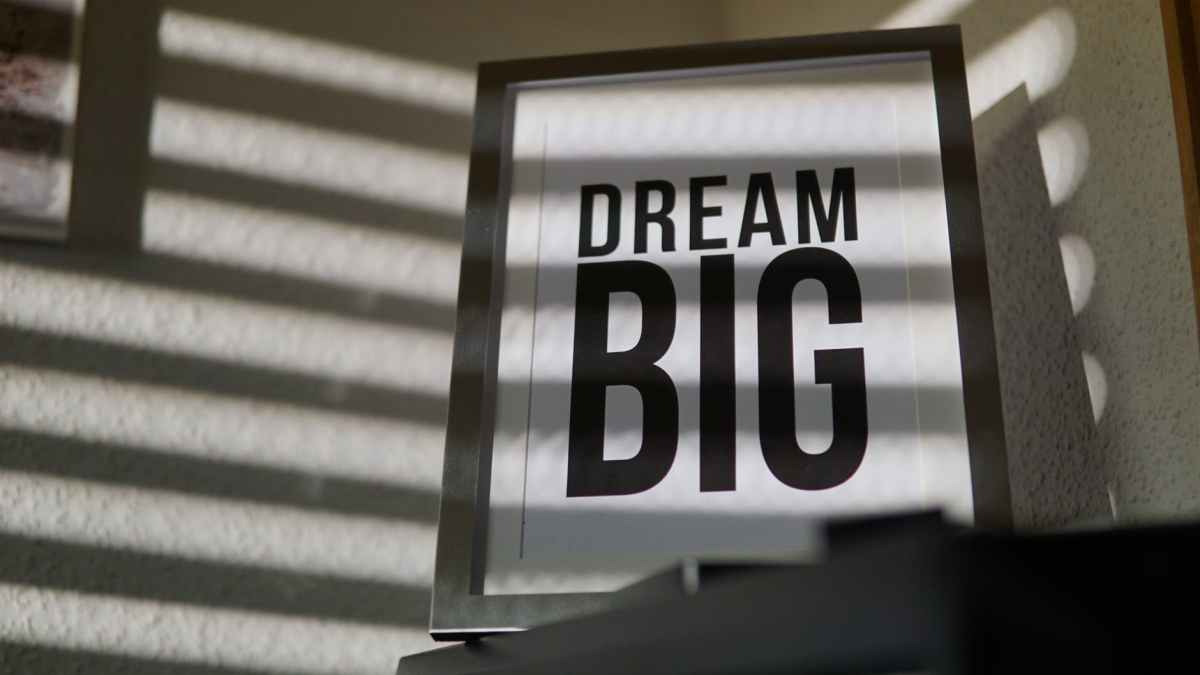Visual Presentations.
Many of us remember all too clearly the days of watching overhead projectors with hand-written or photocopied transparencies projected onto a screen in a darkened room, some of us may remember the days when a presentation might use a blackboard and chalk.
Even now, many presentations are based around a humble dry-wipe board or flip chart and some markers.

Fortunately, advances in technology mean that now there is a choice of computer programs like Adobe Powerpoint, Google Slides or Prezzi which have revolutionised presentations, making life easier for the presenter and clearer and more enjoyable for the audience. Taking advantage of this software can help you to create eye-catching and imaginative presentations that will impact and leave an impression on your audience. Today we’ll be looking at a few tips to help you to make the most of visual presentation tools and avoid some common mistakes!
Less is More.
Our first tip is to remember to keep your slides as minimal, simple and clean as possible. If your audience is busy reading your slide they probably aren’t listening to what you’re saying. Try to keep text to a minimum and use bullet points, graphs and images instead.
You’re the Presenter.
What you have to say is the most important thing in your presentation. Your visuals should compliment your message, not duplicate it. Like the last point says, keep your slides as brief and simple as possible, don’t fill them with text that you read to the audience. If you want to make notes to read, keep them on cue cards or in the notes field in your presentation software.
The Bigger the Better!
Whatever text you do use in your slideshow should be large and clear, font sizes as big as 25pts are fine (but bigger is even better), don’t forget to use text colour, highlights, bold fonts and underlining to emphasise the most important details. Try to avoid anything that won’t be clearly visible from the back of the room.

Down with Distractions.
We’ve already said that what is on your slide should compliment your message, so if the slide isn’t relevant to what you’re talking about turn it off! You can use blank slides or the “Audio Visual Mute” button on the remote control for the projector to turn off the image without having to wait for the projector to warm up again when you want it back. Another useful way of avoiding visual distractions is to use animations that gradually reveal your points as you make them, that way there is no extraneous information for your audience to read while you’re making the current point.
A Conversation, Not a Bedtime Story!

Make your presentation as engaging and interactive as possible. By using a conversational style that uses rhetorical questions, quizzes, votes by asking for the audience to raise their hands you can make the audience feel more active and less passive, resulting in increased interest and a better chance of remembering the information afterwards.
If you’re audience feel like someone is reading to them they find it difficult to pay attention for a long time and may start struggling to stay focussed or even awake. This can be exacerbated if the room is darkened so that the audience can see the projector image clearly. If you’re presenting to an audience who have just eaten a large lunch you will need to work extra hard to keep them awake and attentive, so get them involved as much as possible.
Death by Powerpoint.
We’ve really emphasised how useful slideshow software can be, but it’s a double edged sword. If you overdo it, it can distract from your message by filling the screen with superfluous animations, flashy graphics or details. A fancy or elaborate presentation won’t compensate for a lack of substance. If it isn’t important to your message you should ask yourself why it’s there.
